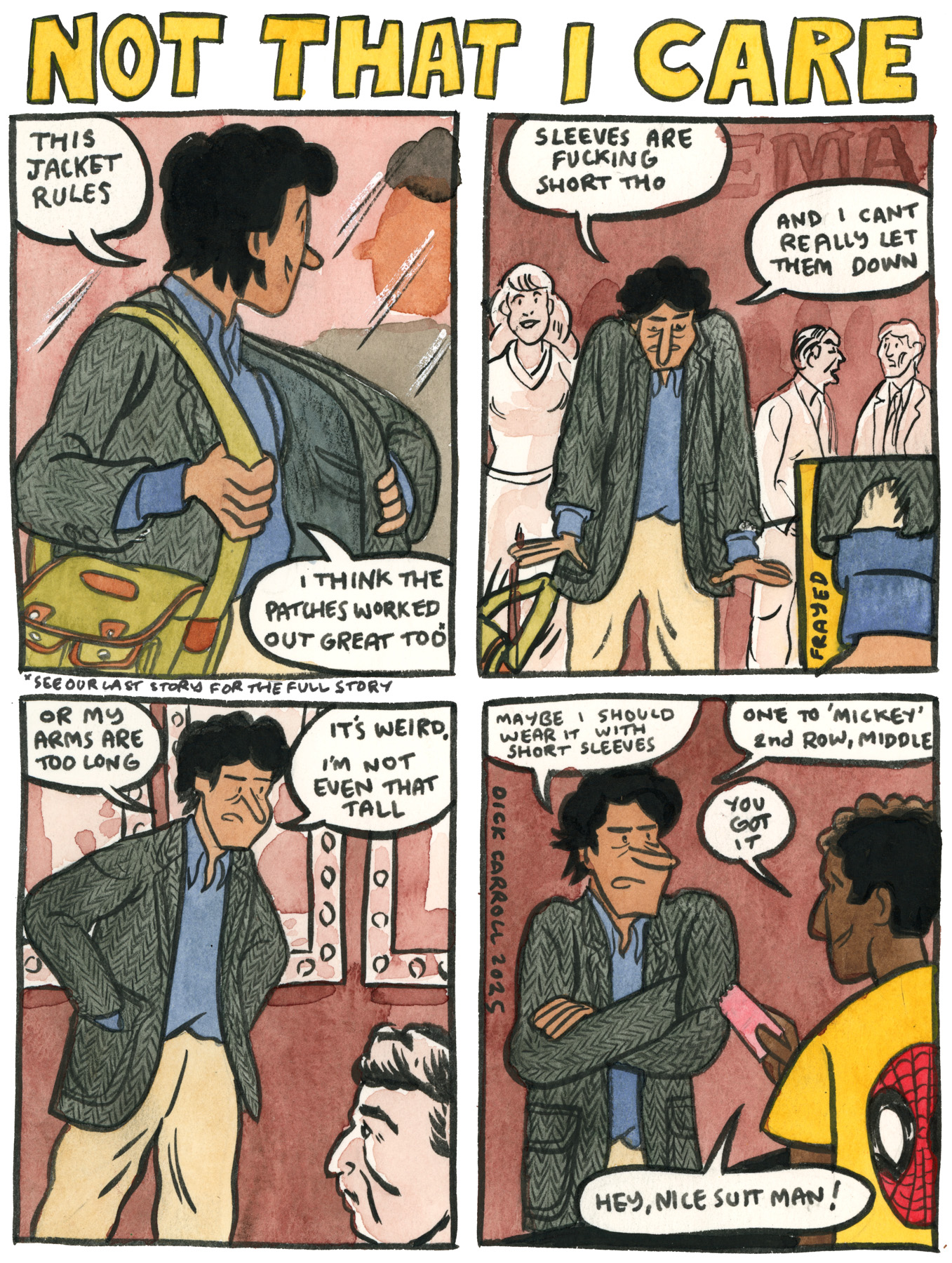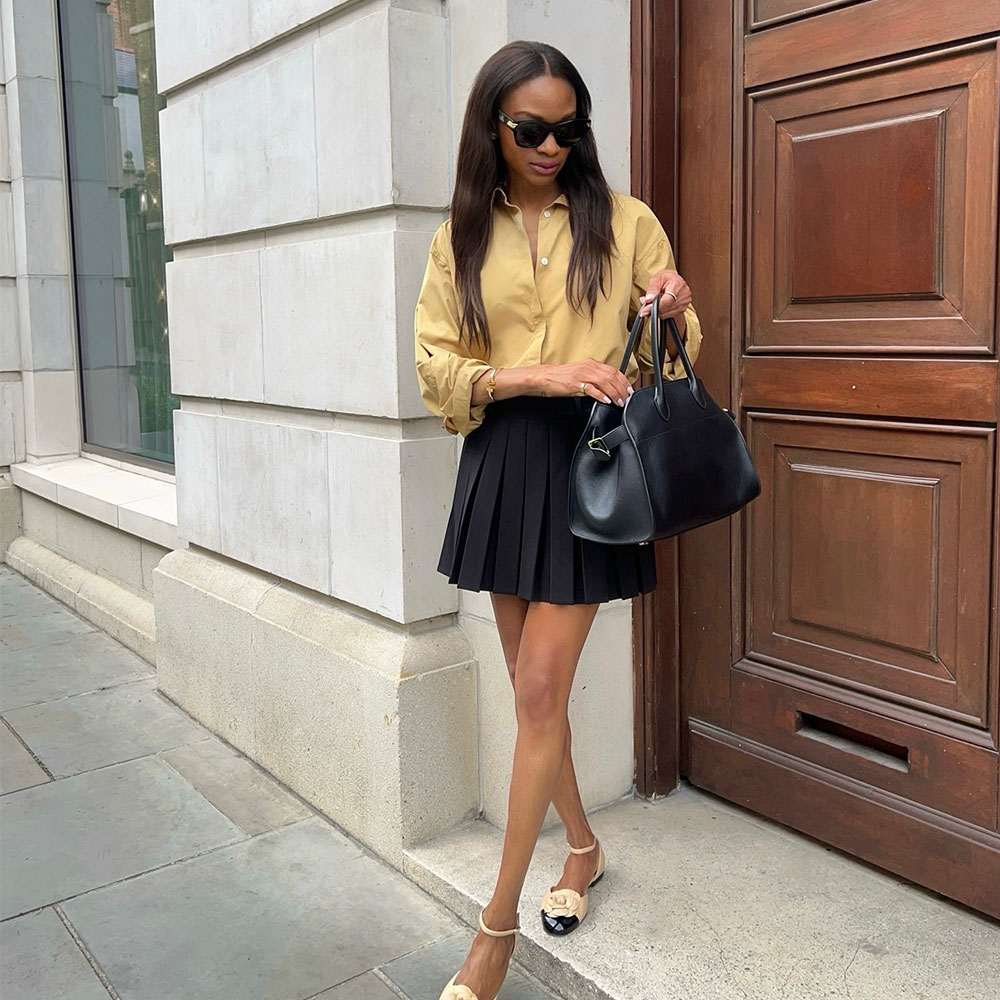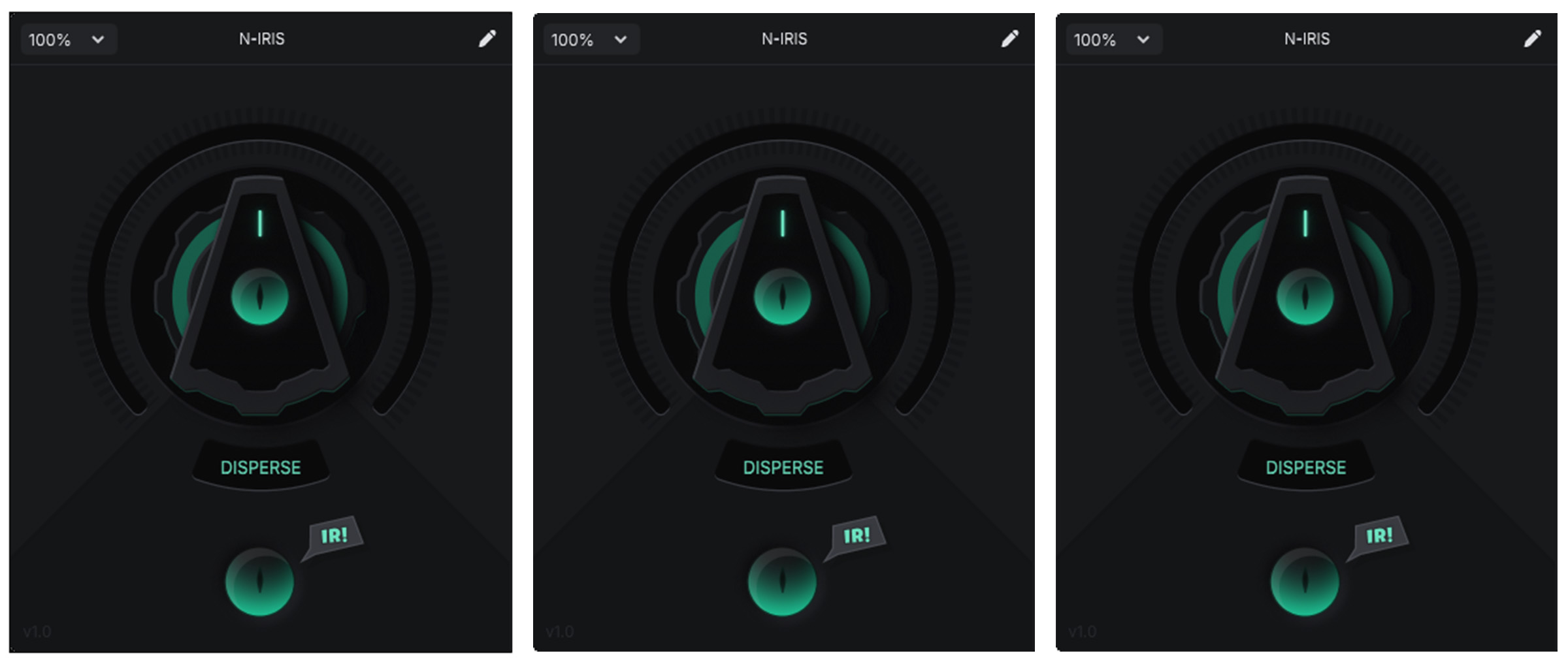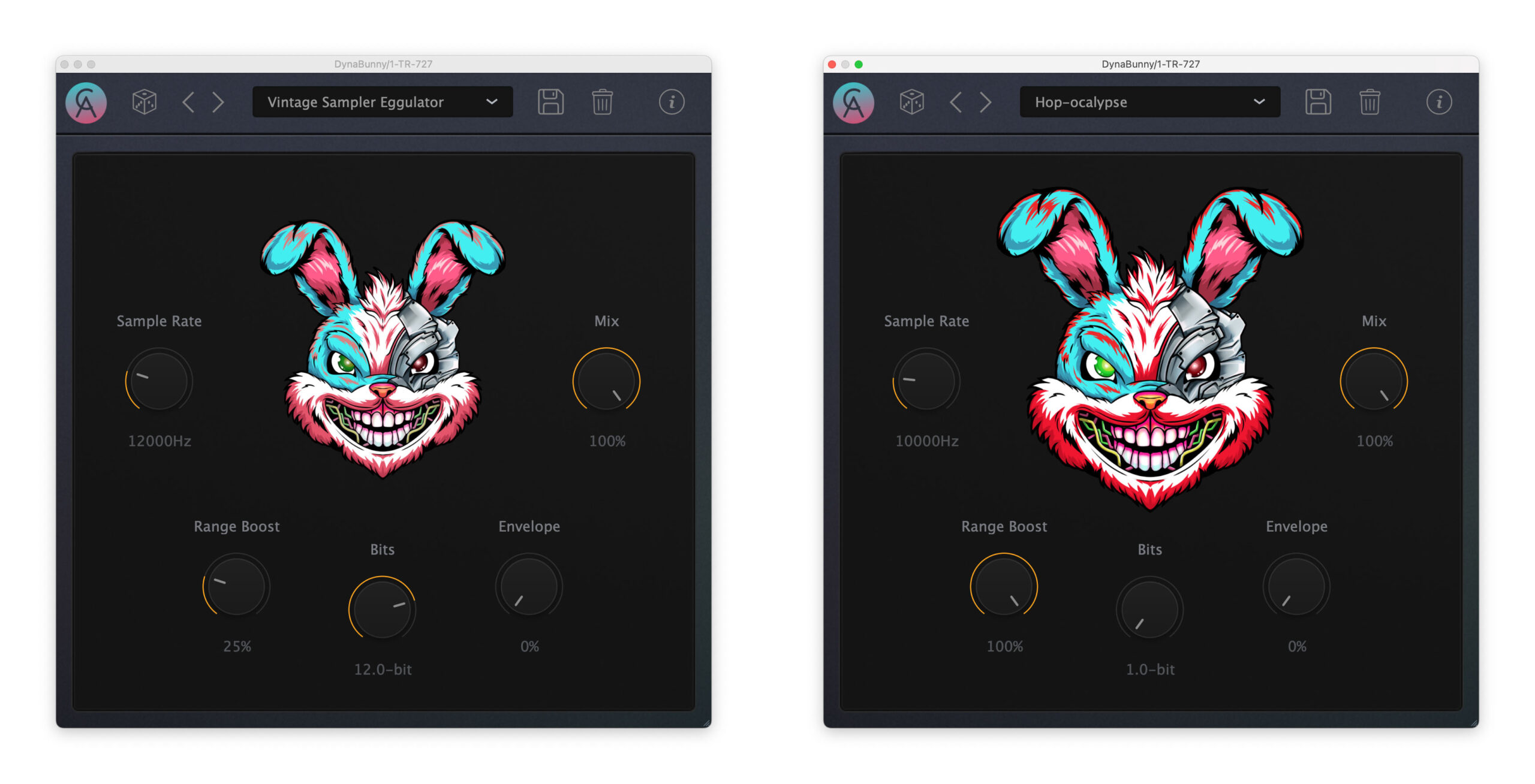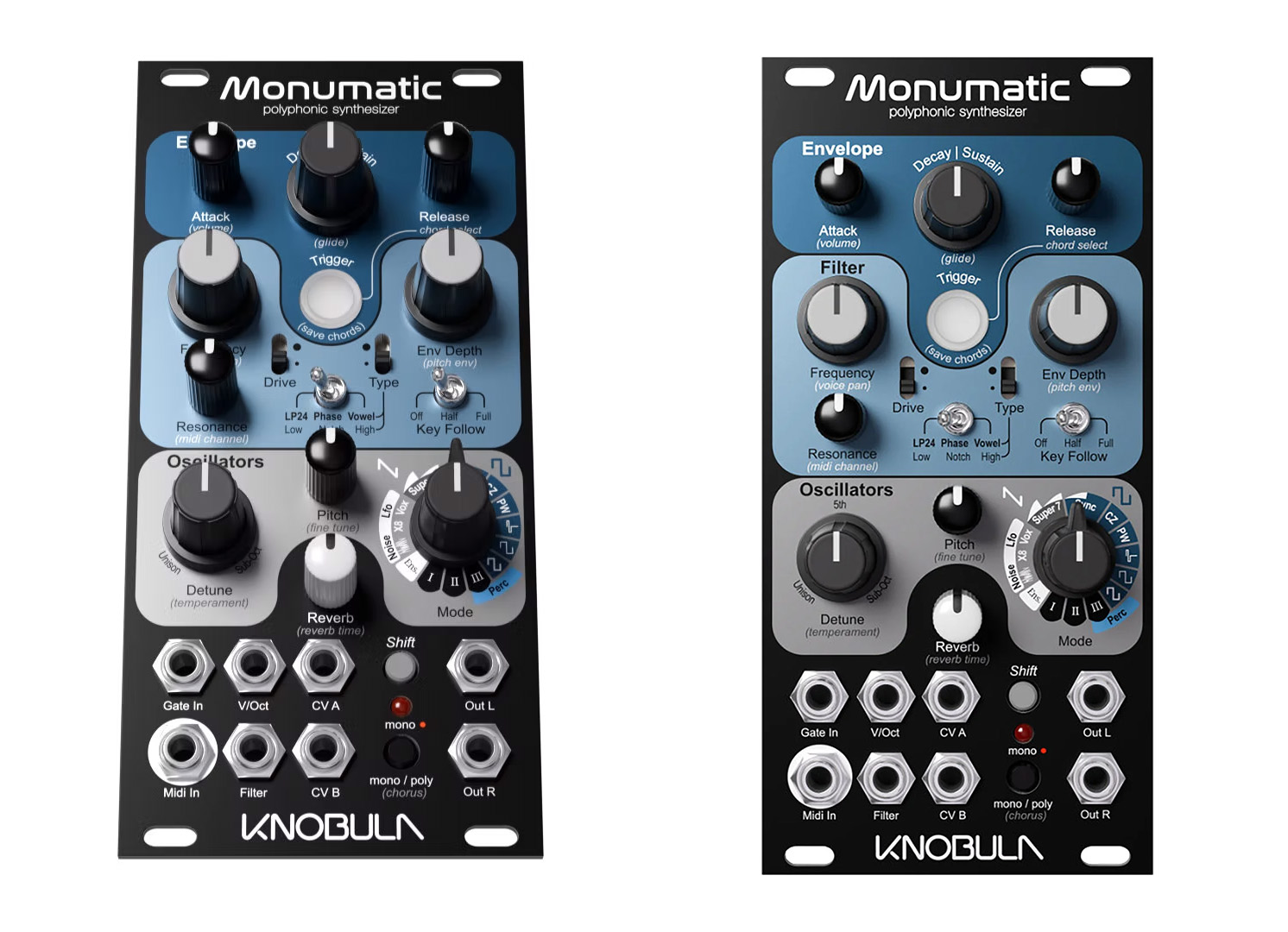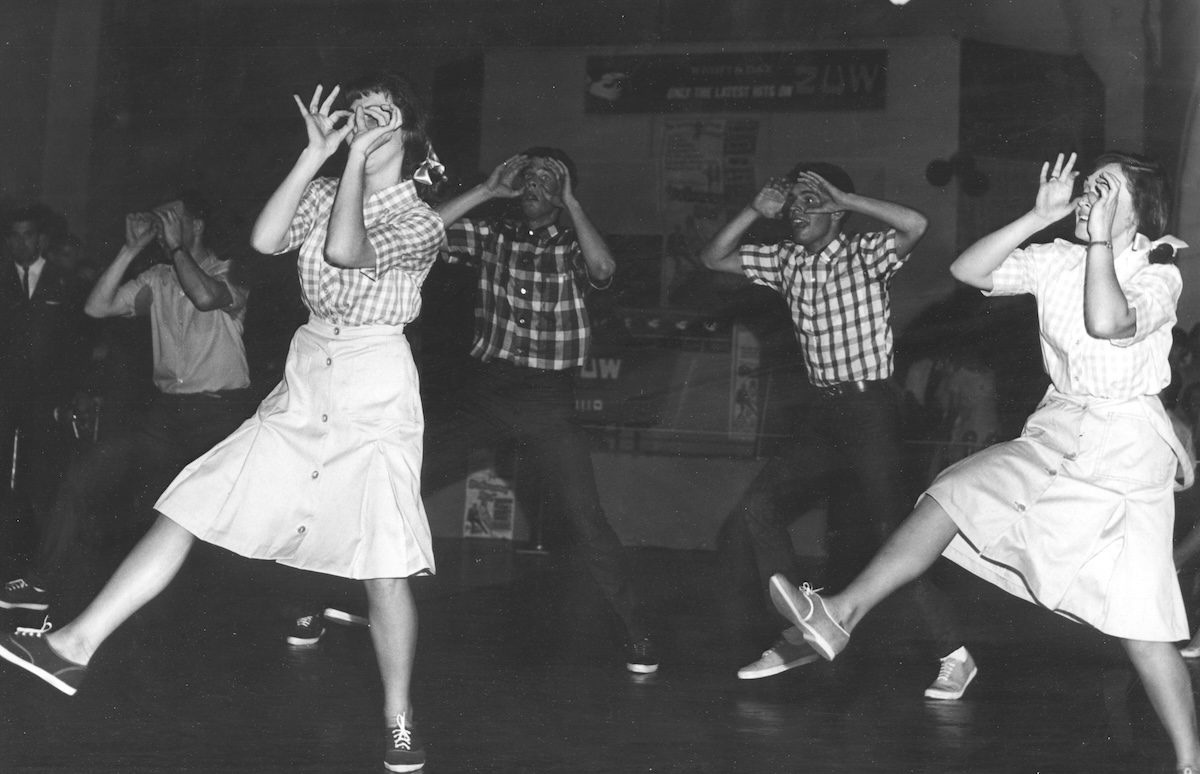Shakti Design Residency celebrates Indian craftsmanship at Alcova
Five outcomes from the inaugural edition of the Shakti Design Residency are on show as part of the Alcova exhibition at Milan design week, including a lighting collection informed by Mughal architecture and hand-woven rugs bejewelled with glittering metal. The Shakti Design Residency was established by interior architect Shalini Misra to bring emerging design talent The post Shakti Design Residency celebrates Indian craftsmanship at Alcova appeared first on Dezeen.


Five outcomes from the inaugural edition of the Shakti Design Residency are on show as part of the Alcova exhibition at Milan design week, including a lighting collection informed by Mughal architecture and hand-woven rugs bejewelled with glittering metal.
The Shakti Design Residency was established by interior architect Shalini Misra to bring emerging design talent and Indian craftspeople together for a programme of cultural exchange and collaboration.

Misra hopes to strengthen global recognition of Indian artisanship, which she feels remains underrepresented within the contemporary design scene.
"For many, Made in India does not immediately bring to mind exceptional skill, innovation or contemporary problem solving, yet these things have been at the heart of Indian craft and design for hundreds of years," she told Dezeen.

"The Shakti Design Residency is an ambitious initiative I have envisioned for quite some time," Misra added. "The timing feels particularly important now as we witness a global shift towards valuing craftsmanship and innovation in design."
The pieces on display at Alcova were developed during the inaugural programme, which ran through November 2024.

Five designers selected by a panel of industry experts spent four weeks in India collaborating with artisans on pieces that reflect their experiences and utilise the craft techniques they observed.
German designer Luca Gruber developed the Nadi table in collaboration with New Delhi-based Vikram Goyal Studio. The table's three tops feature different semi-precious stones said to carry spiritual significance.
The table's flowing legs are crafted from hammered tubular and cast brass to evoke the nadis – channels that connect energy centres in the body known as chakras, according to ancient Hindu philosophy.

The Vista Collection from Brooklyn-based Kickie Chudikova translates the multifoil arches of India's Mughal architecture into layered lighting designs made from concentric glass pieces.
The collection, which was developed alongside local lighting specialist Klove Studio, references the importance of colour in Indian culture.
"She has reimagined India’s ornate, decorative architecture in a contemporary way without reducing it," Misra said.
A technique typically used to produce embroidered Indian wedding skirts called lehengas was adopted by multidisciplinary artist Duyi Han when developing a large-scale chandelier.
The Celestial Manual light fixture was created in collaboration with fashion designer Tarun Tahiliani, with each section of its circular form representing a stage in the process of transforming blank fabric into a fully embroidered garment.

Indian-Norwegian textile designer Helena Bajaj-Larsen teamed up with Jaipur Rugs to create her Sahasra and Viveka rugs, which feature the designer's signature hand-painted silk work.
Analogue drawings and images of the designer’s paintings were translated into digital files used to match surfaces made with leftover yarns from sari silk weaving or traditional hand-knotting rugs.

The result is an aesthetic that combines the pixel-like texture of conventional rugs with more abstract, painterly shapes. Pieces of metal sourced from a local jeweller add sheen to specific areas of each rug.
"Helena’s freehand painting techniques combined with the precision of rug design and weaving has produced pieces that are layered both in terms of their composition and their narrative," Misra said.
Finally, Japanese designer Aya Kawabata worked with the Chanakya School of Craft to create a woven raffia panel featuring varying patterns and thicknesses that produce a dynamic interplay of light and shadow.

"Each designer has been successful in creating work that responds to their time in India, imagining its culture, craft, spirituality and colour in ways that will prompt thought and invite discussion," Misra explained.
Applications for the 2025 Shakti Design Residency will open soon, with the residencies taking place in November 2025.
Alcova is among Dezeen's must-see exhibitions and installations at Milan design week for 2025. For the first time this year, Alcova is also launching a pop-up bar in a former slaughterhouse that stays open until two in the morning.
See our Milan design week 2025 guide on Dezeen Events Guide for information about the many other exhibitions, installations and talks taking place throughout the week.
The post Shakti Design Residency celebrates Indian craftsmanship at Alcova appeared first on Dezeen.




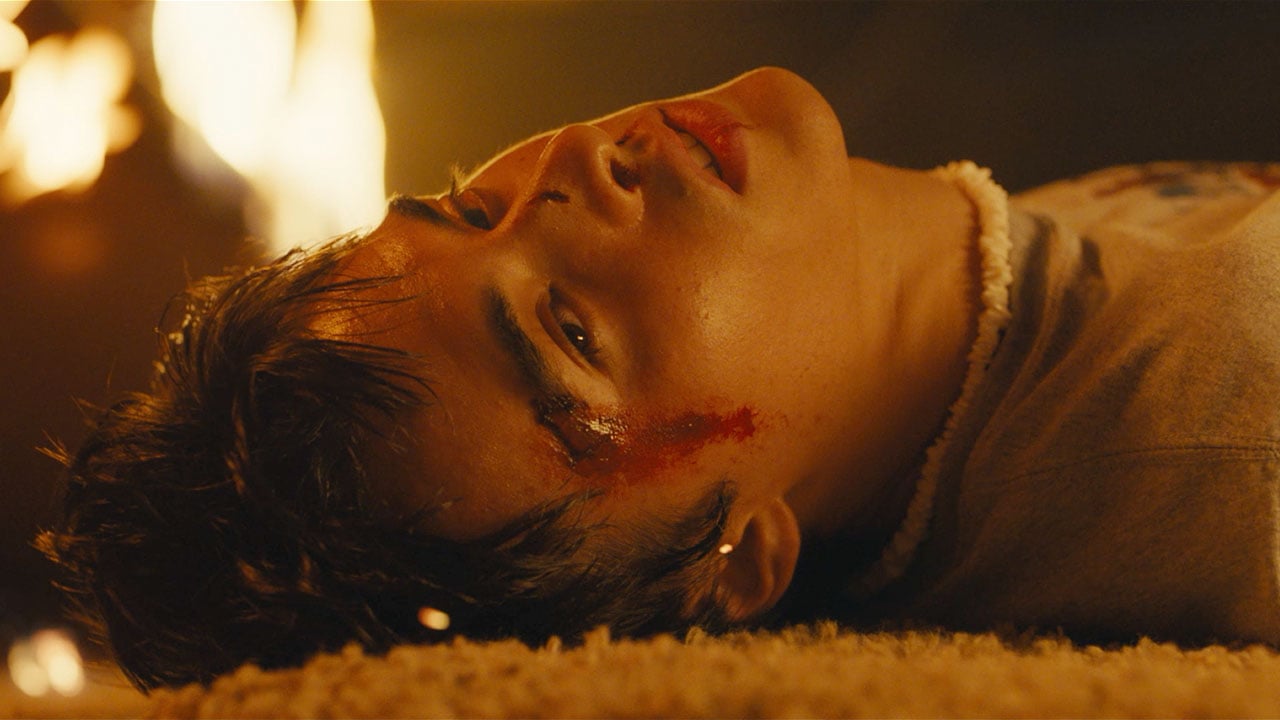
![[REDACTED] – Monster-of-the-Week Podcast Launching on Kickstarter Next Month](https://bloody-disgusting.com/wp-content/uploads/2025/04/Screenshot-2025-04-21-131810.png)
![‘Toxic Avenger’ Sequel Reconstruction ‘Mr. Melvin’ to Debut at Troma-Thon in Pennsylvania [Exclusive]](https://bloody-disgusting.com/wp-content/uploads/2025/04/toxicavenger3-still.jpg)
![Tactics RPG ‘Demonschool’ Coming Later This Year to PC, Consoles [Trailer]](https://bloody-disgusting.com/wp-content/uploads/2025/04/demonschool.jpg)





















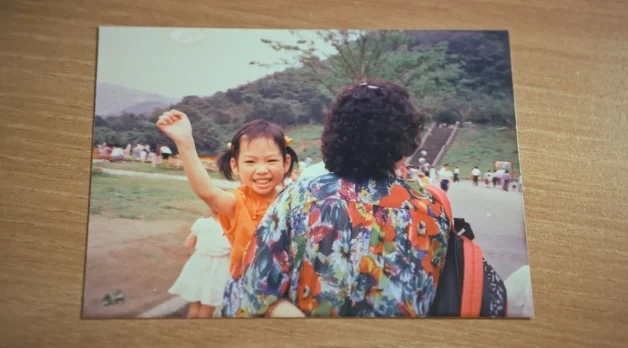
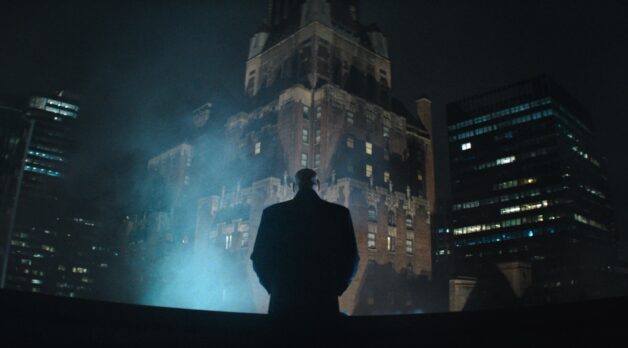









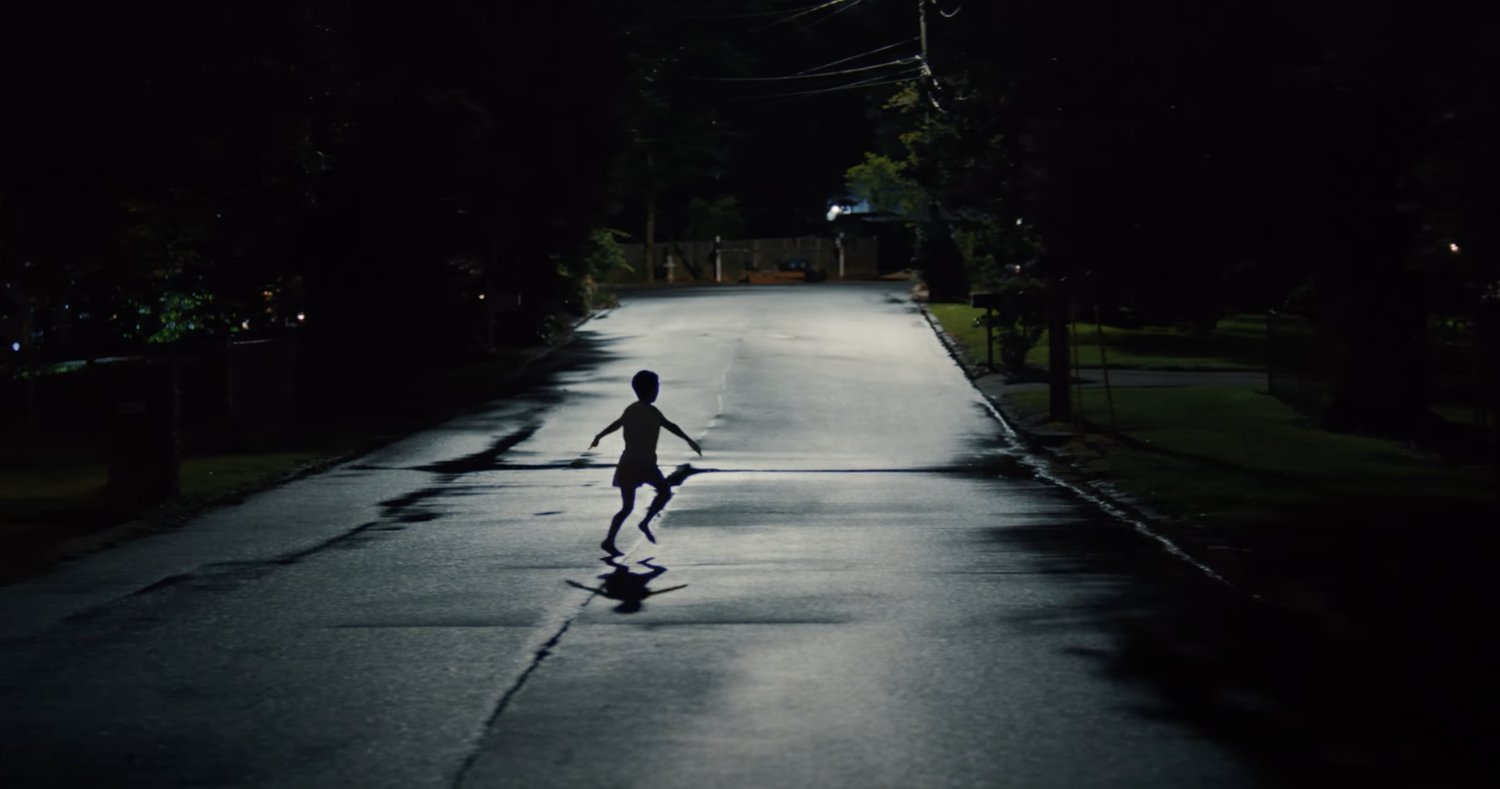













![Process of Illumination [RADIUM CITY]](https://jonathanrosenbaum.net/wp-content/uploads/2010/08/radium-city-2.jpg)




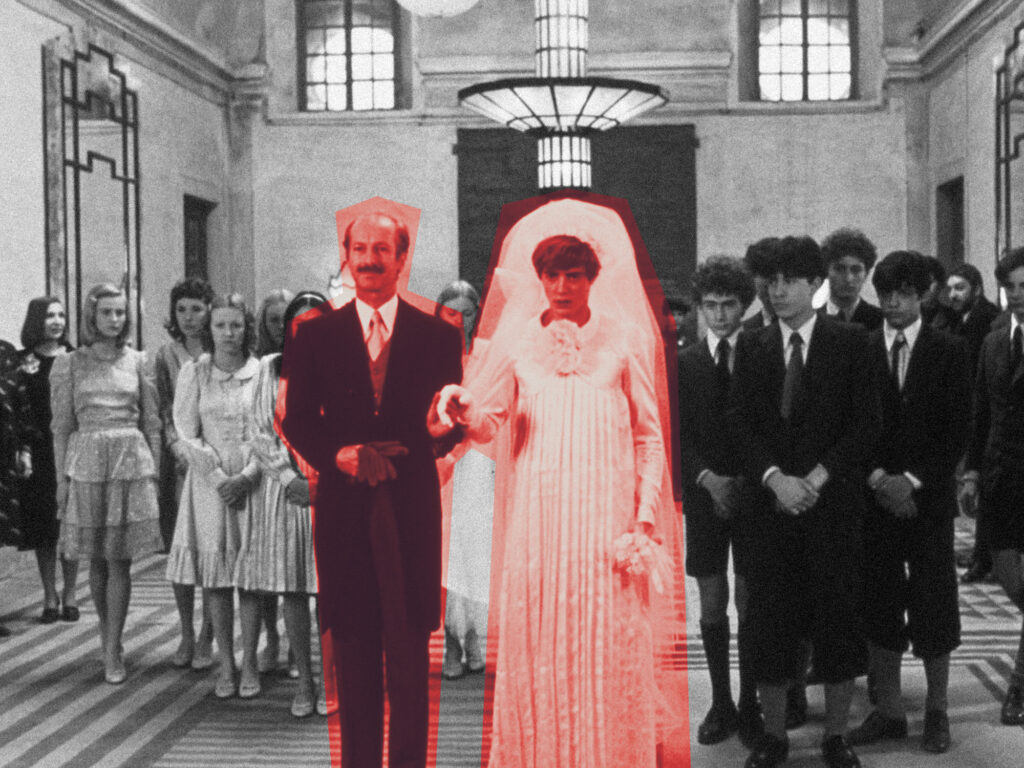
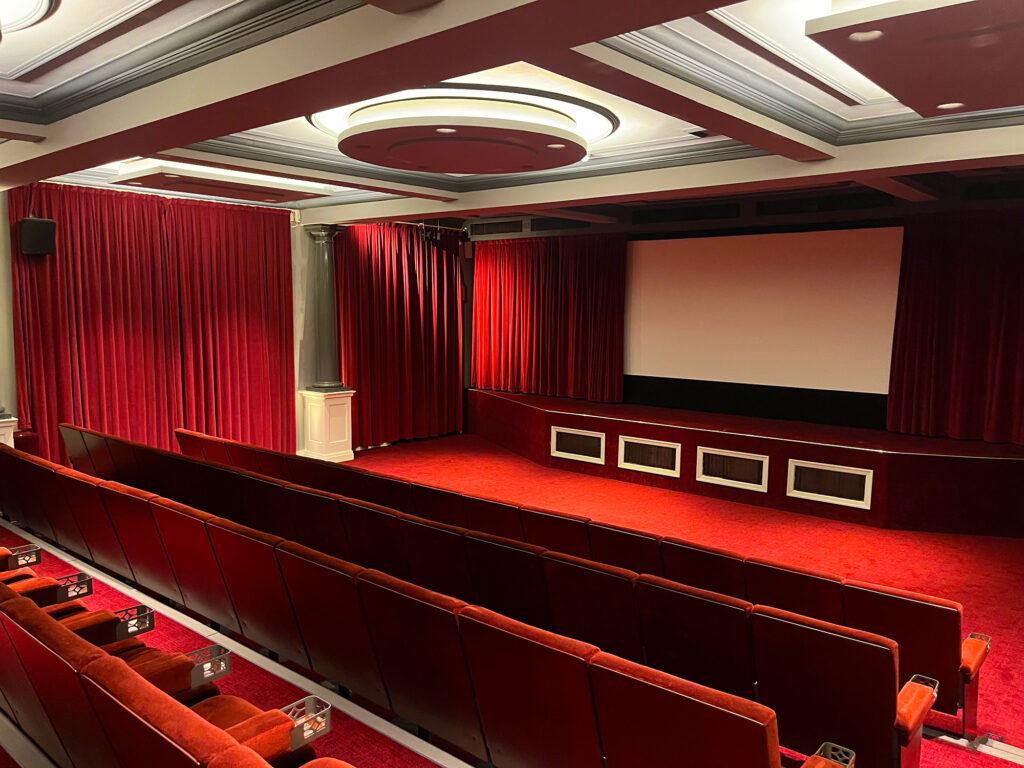













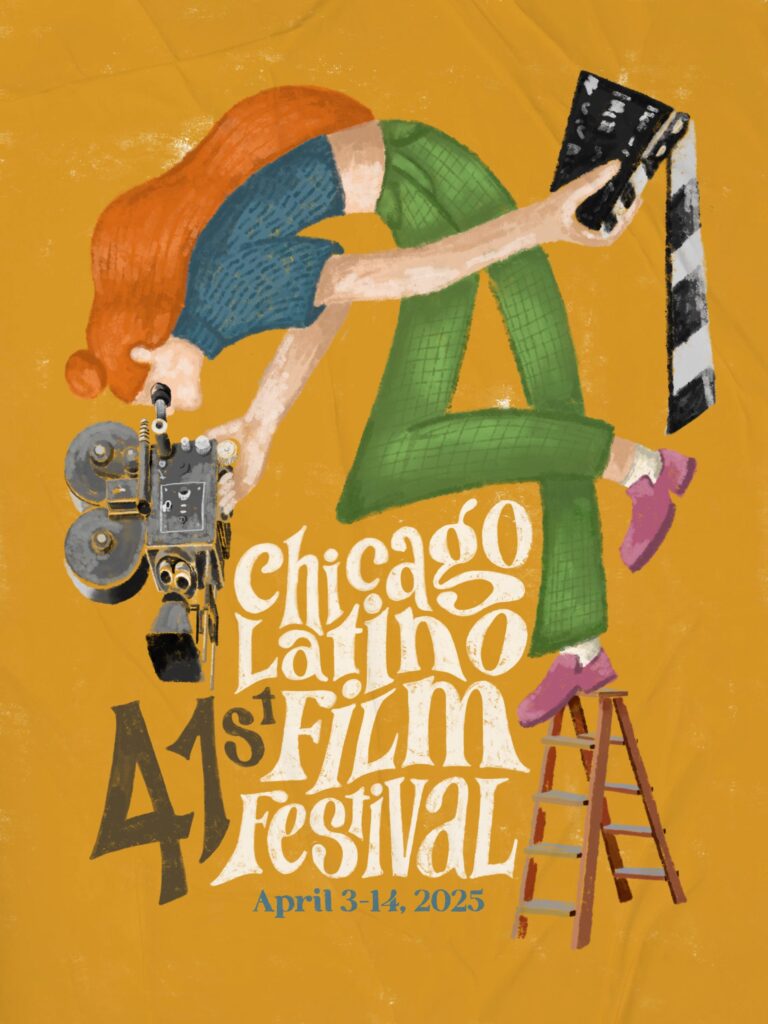




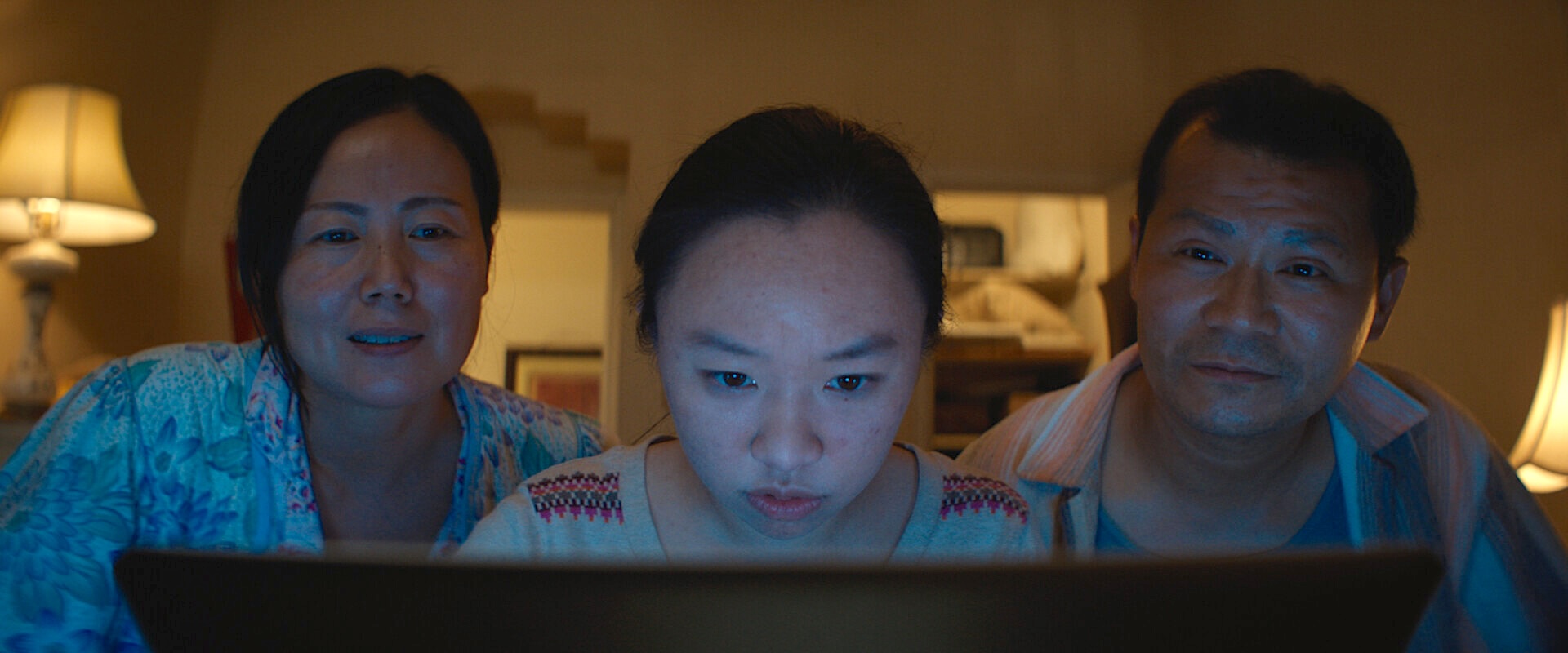


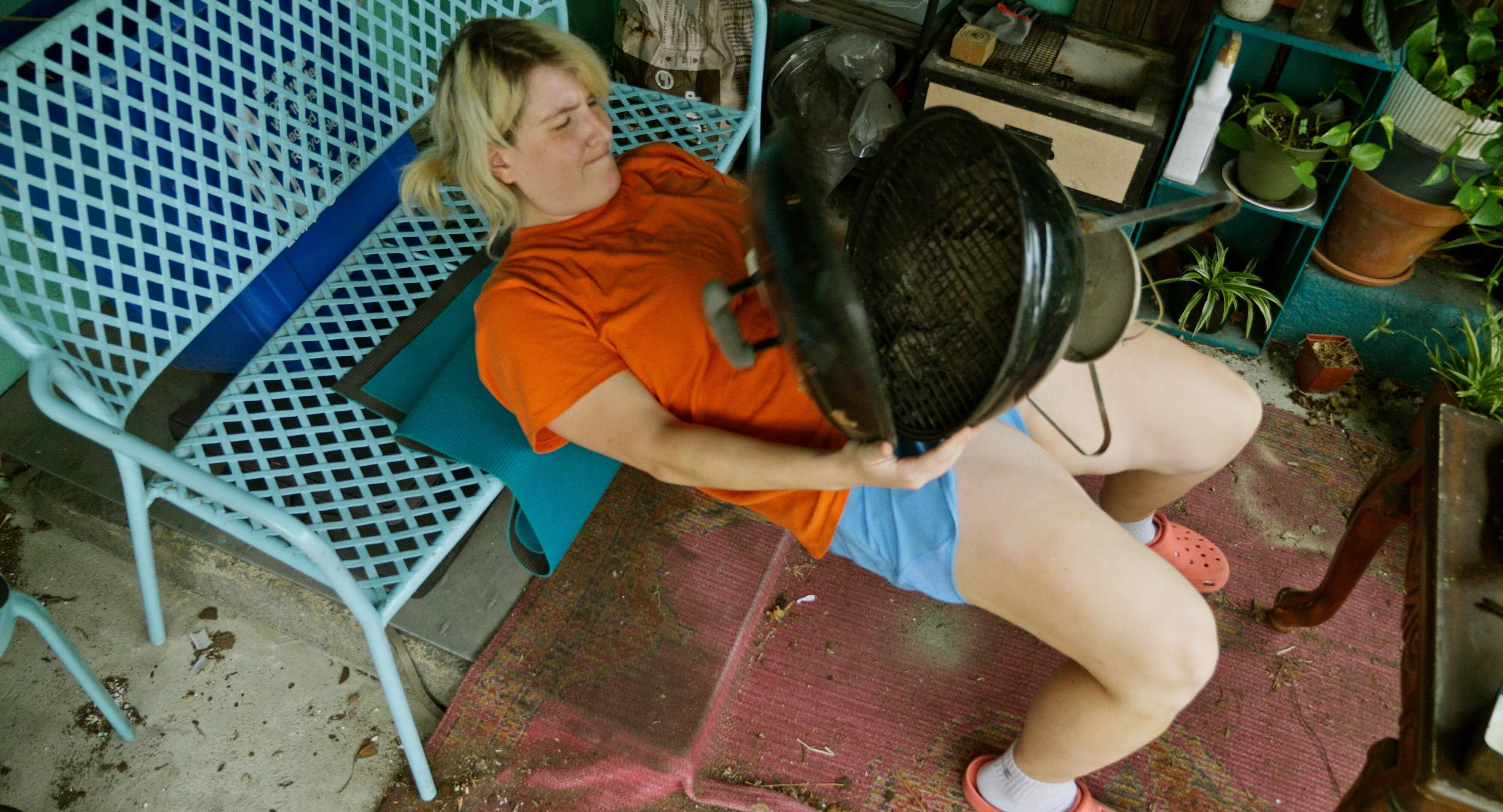
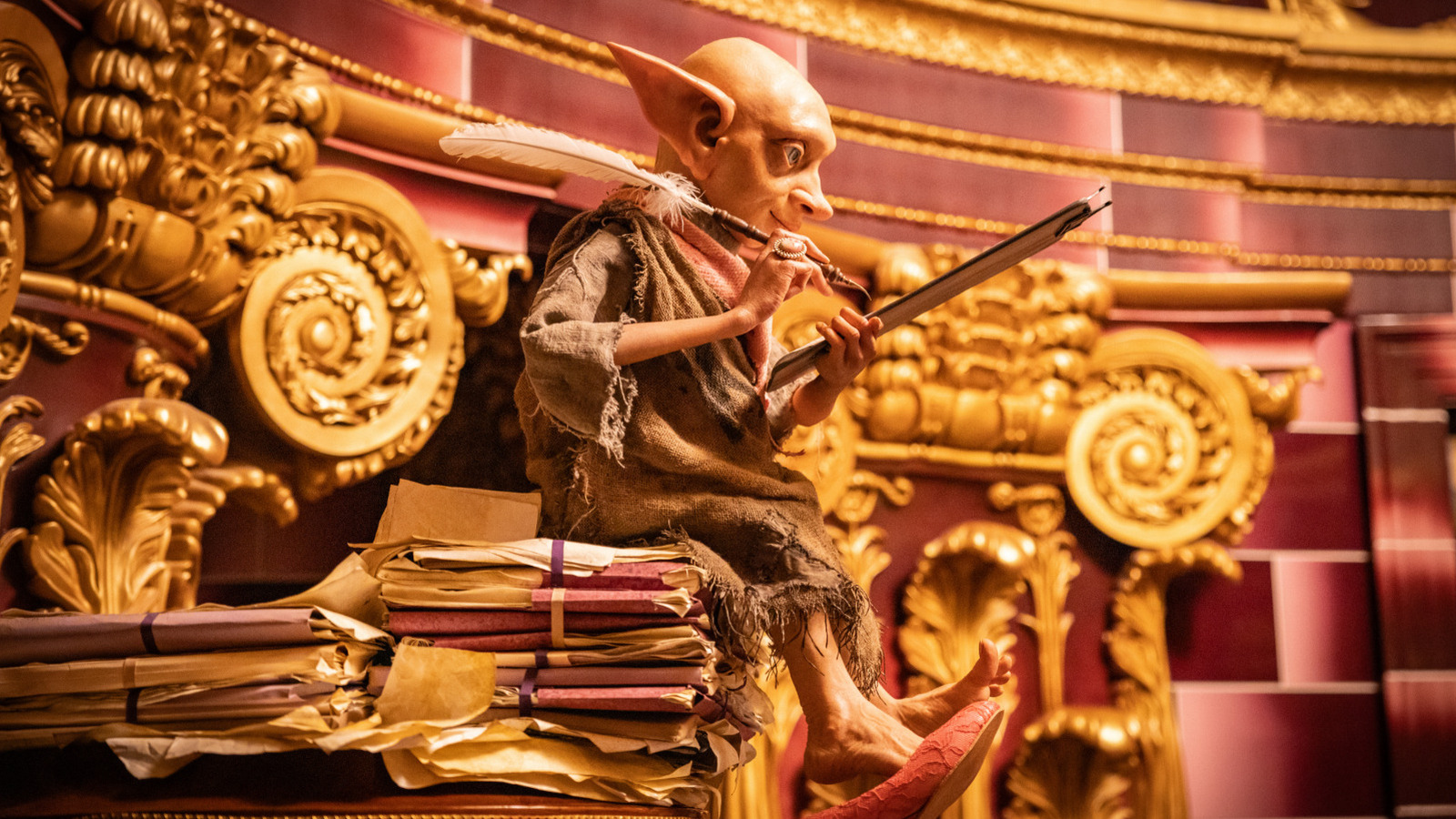







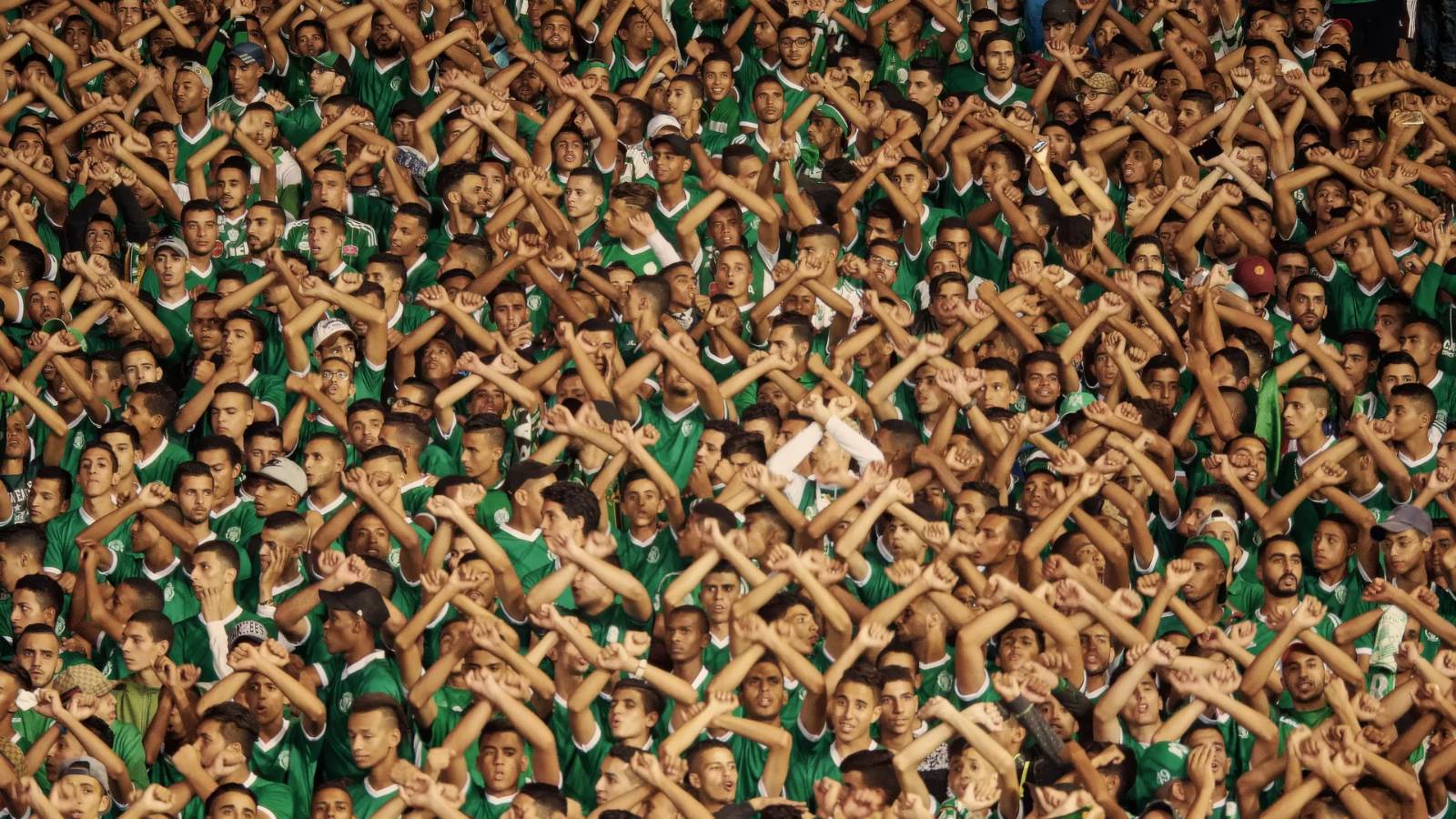
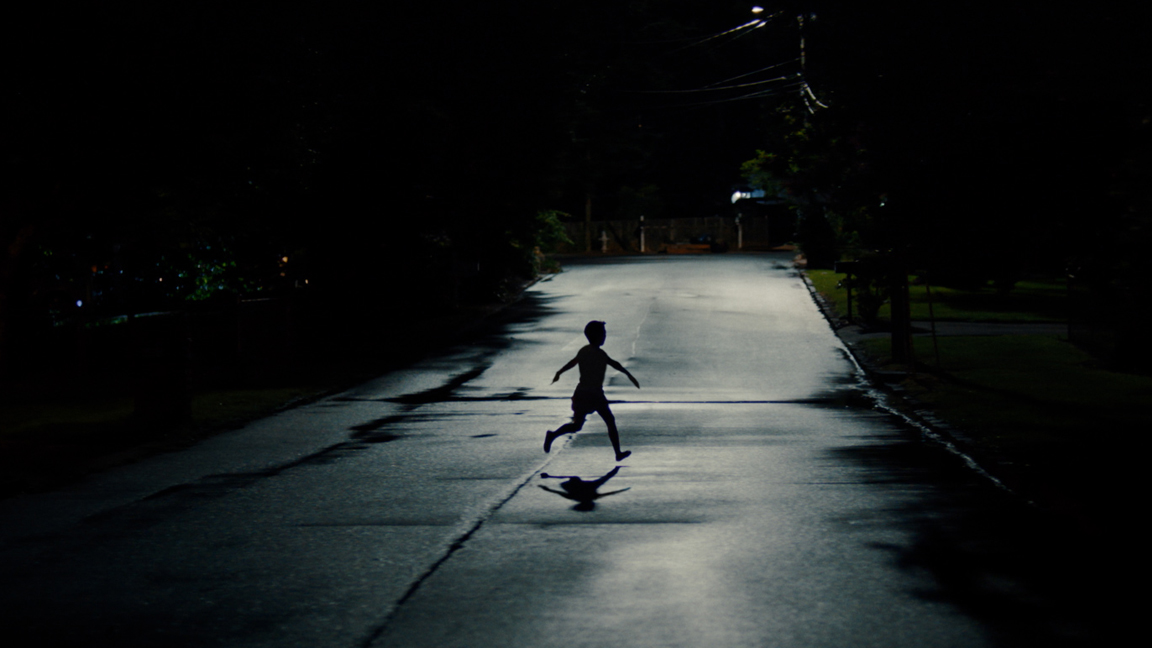









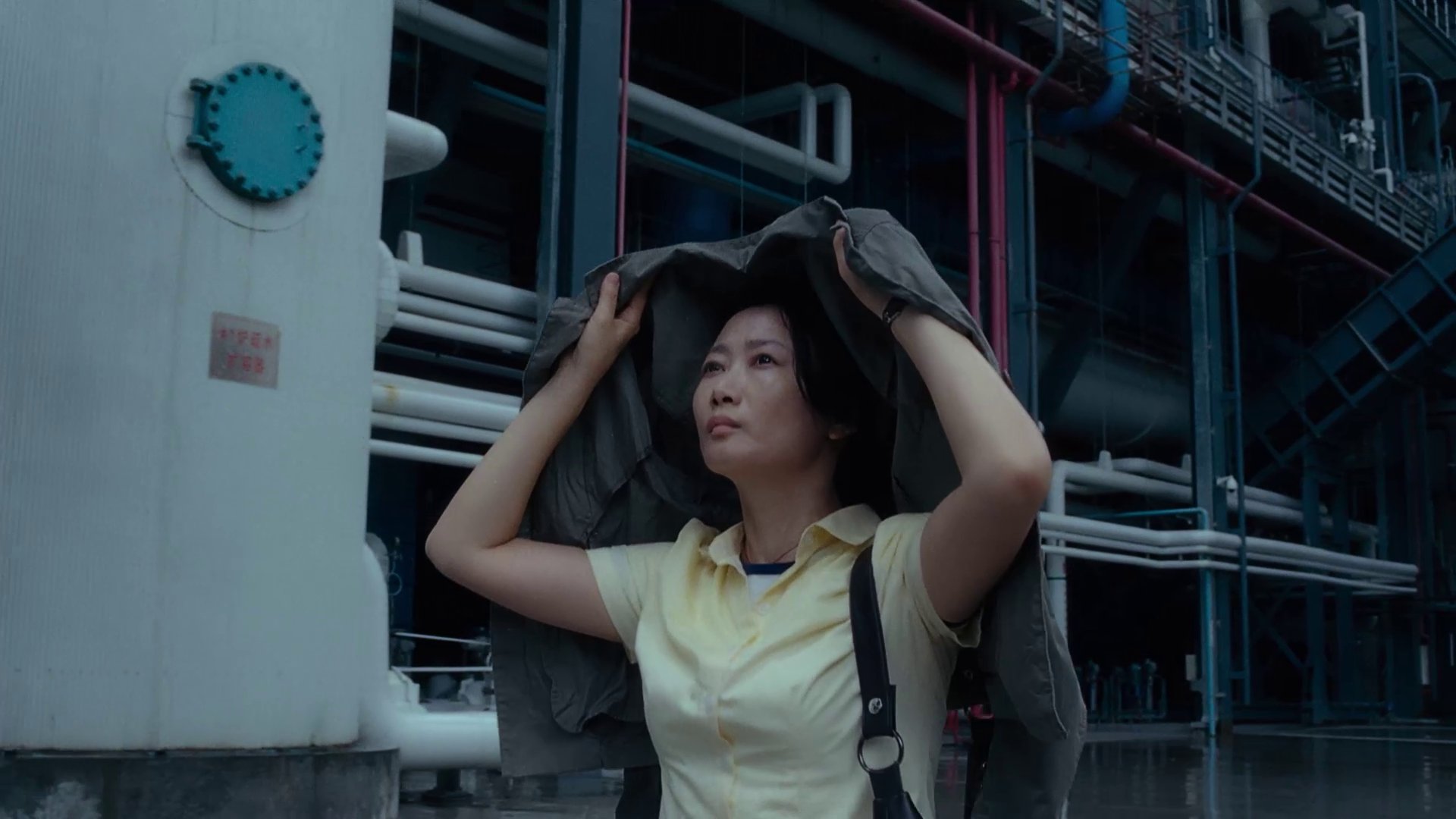
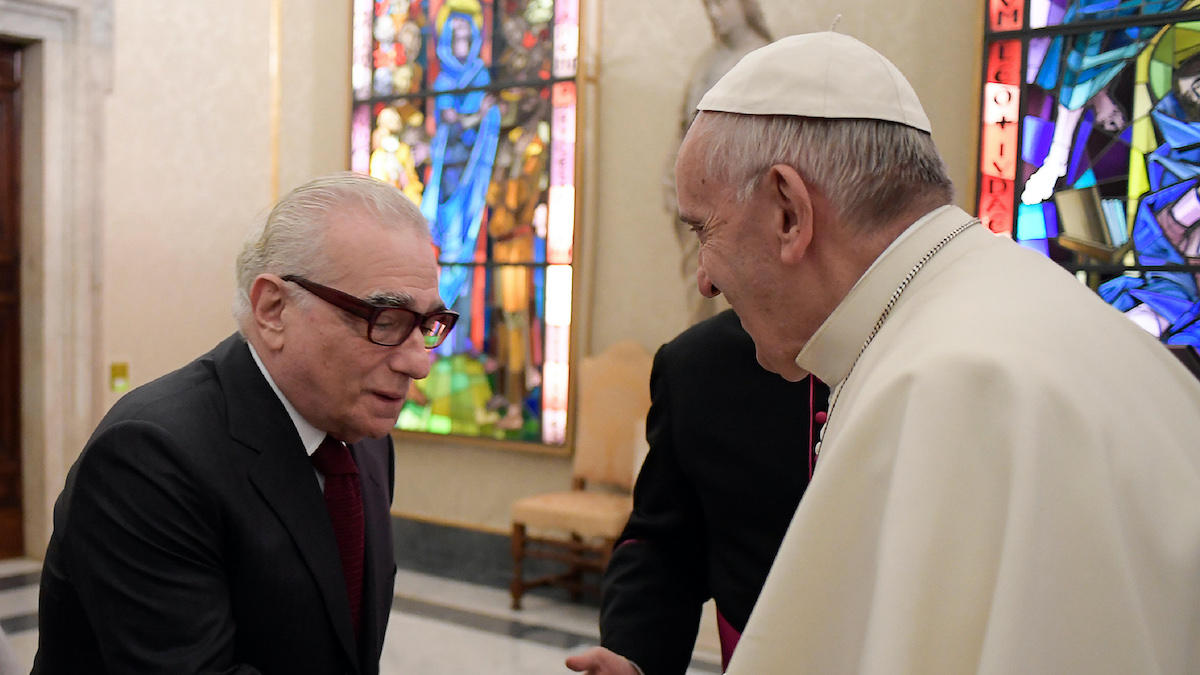







![Mouse Invades United Club at LaGuardia on the Eve of $1,400 Fee Hike [Roundup]](https://viewfromthewing.com/wp-content/uploads/2025/04/united-club-lga.jpg?#)

































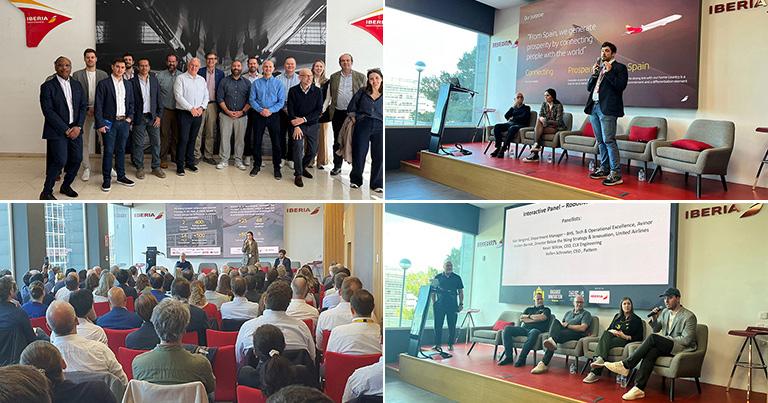







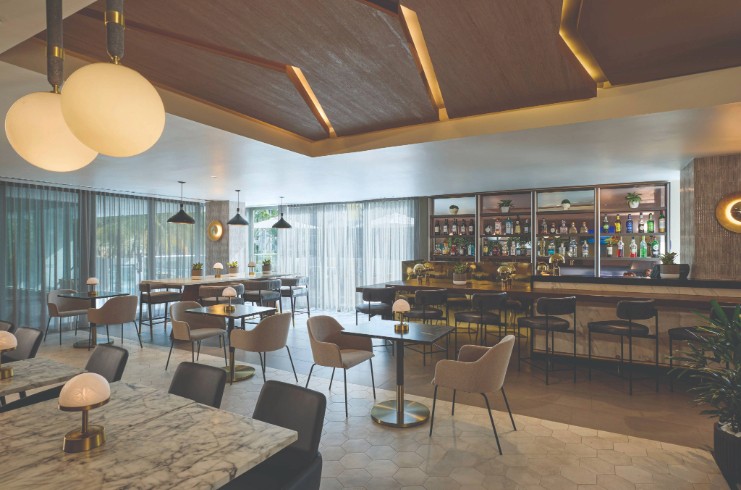















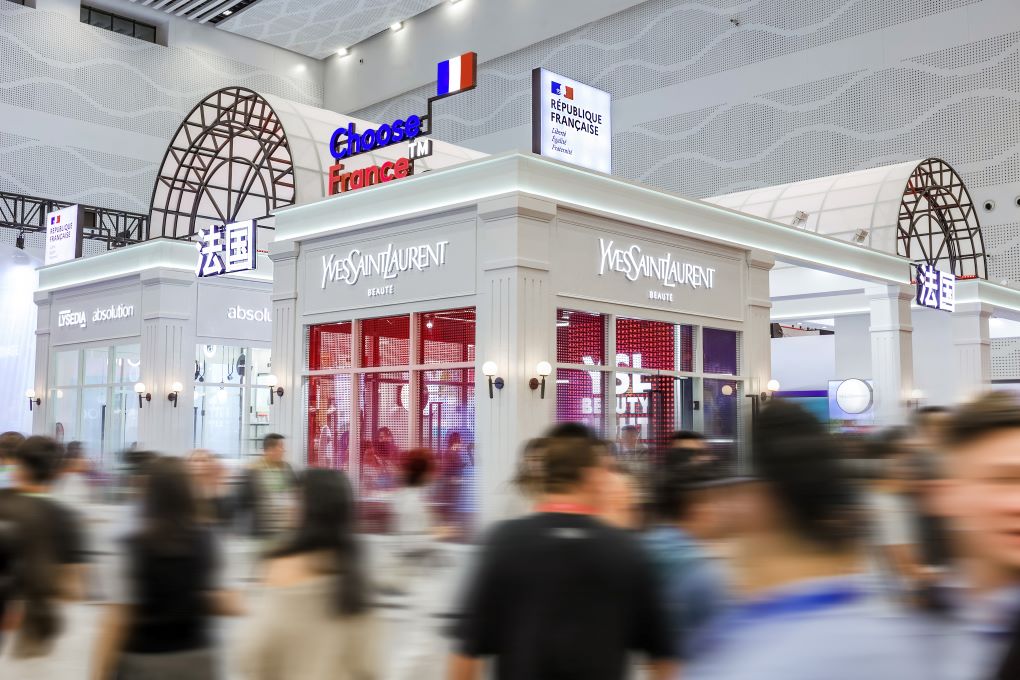















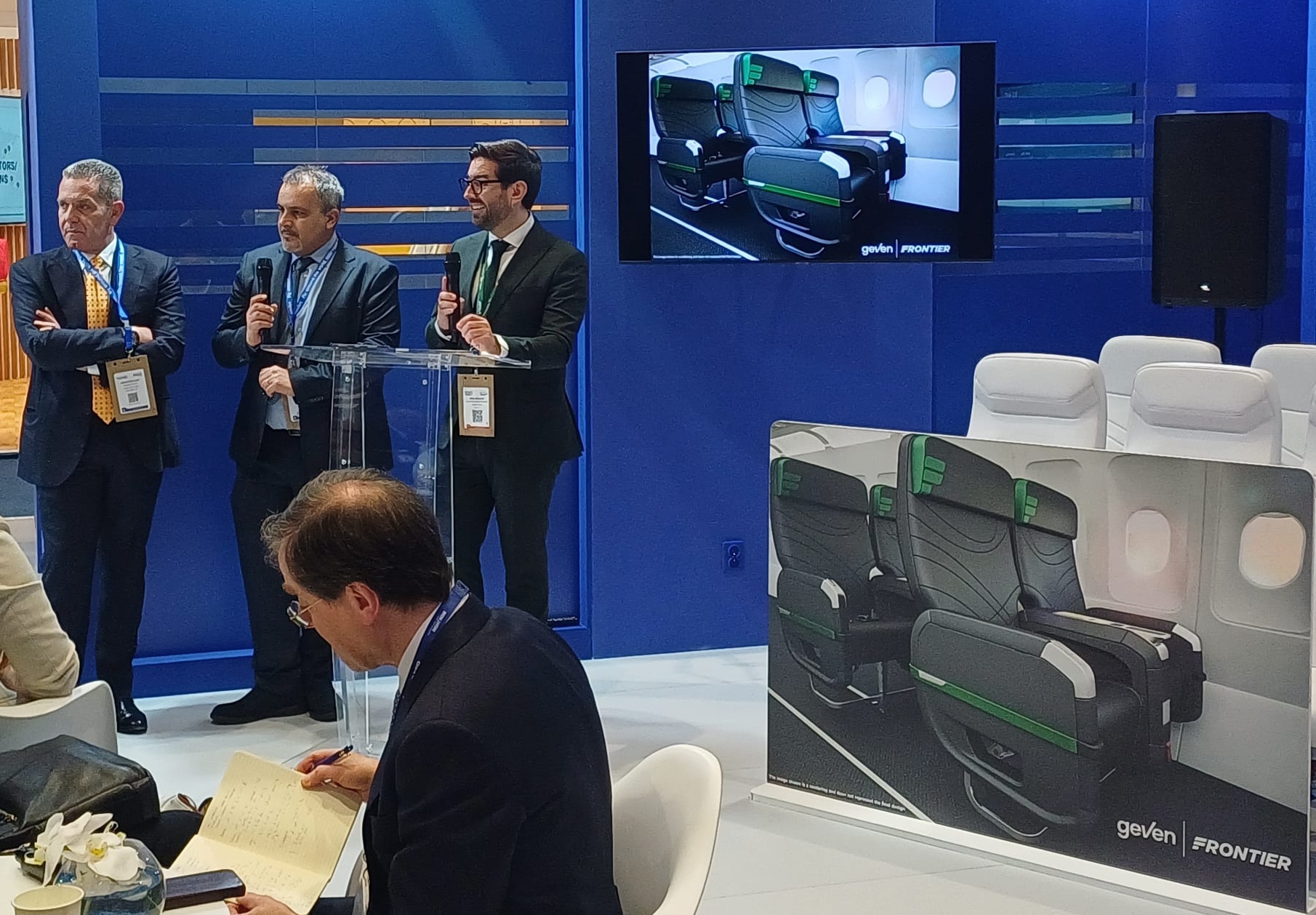































![Caught on Video: “He Busted Through!” Frontier Airlines Passenger Storms Closed Las Vegas Gate [Roundup]](https://viewfromthewing.com/wp-content/uploads/2025/04/Screenshot-2025-04-20-140707.png?#)

![It’s Unfair to Pay 100% for 50% of a Seat—Why Airlines Must Start Refunding Customers When They Fail To Deliver [Roundup]](https://viewfromthewing.com/wp-content/uploads/2025/04/broken-american-airlines-seat.jpeg?#)









































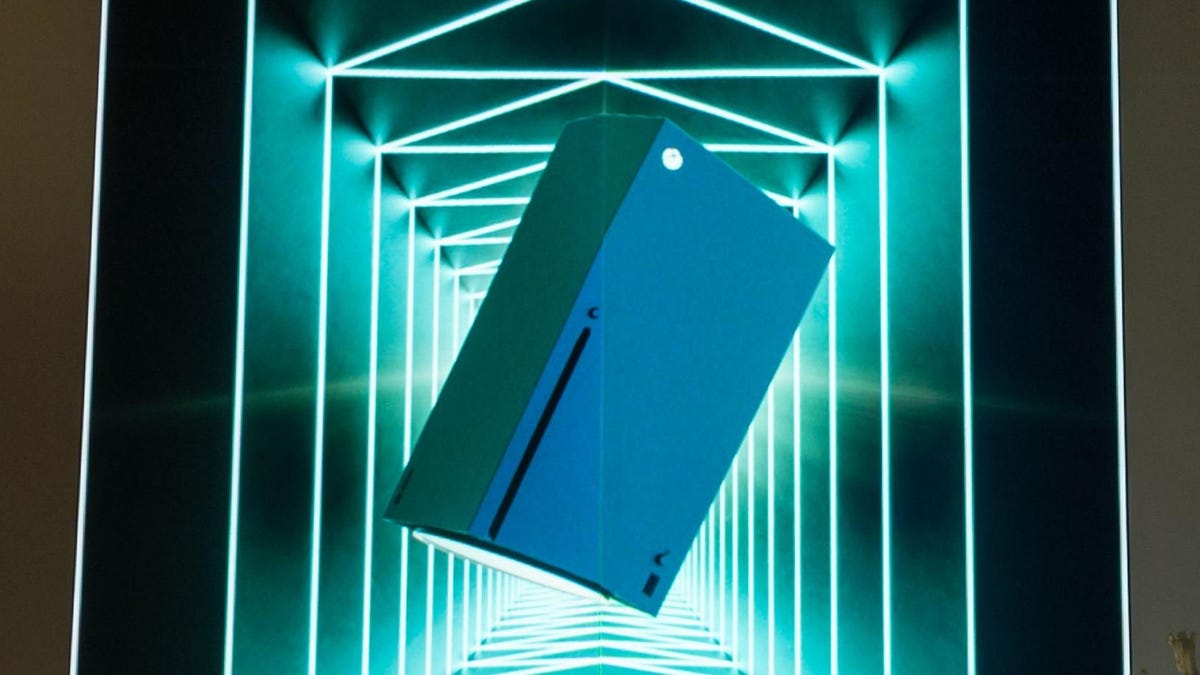
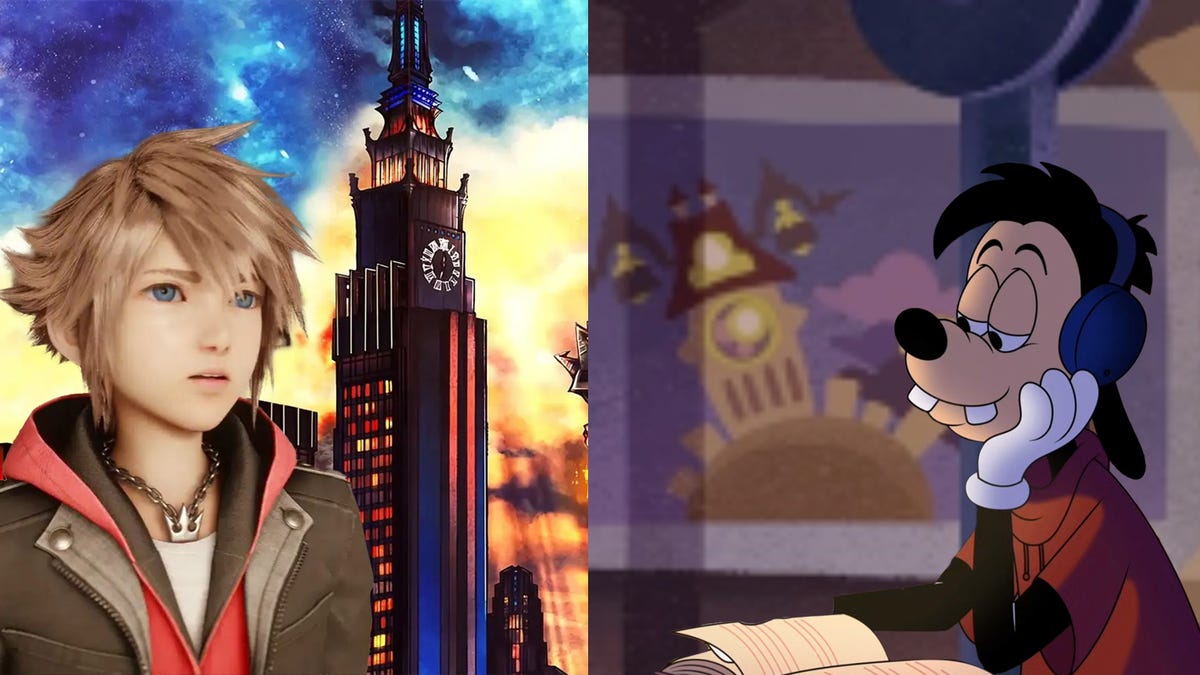









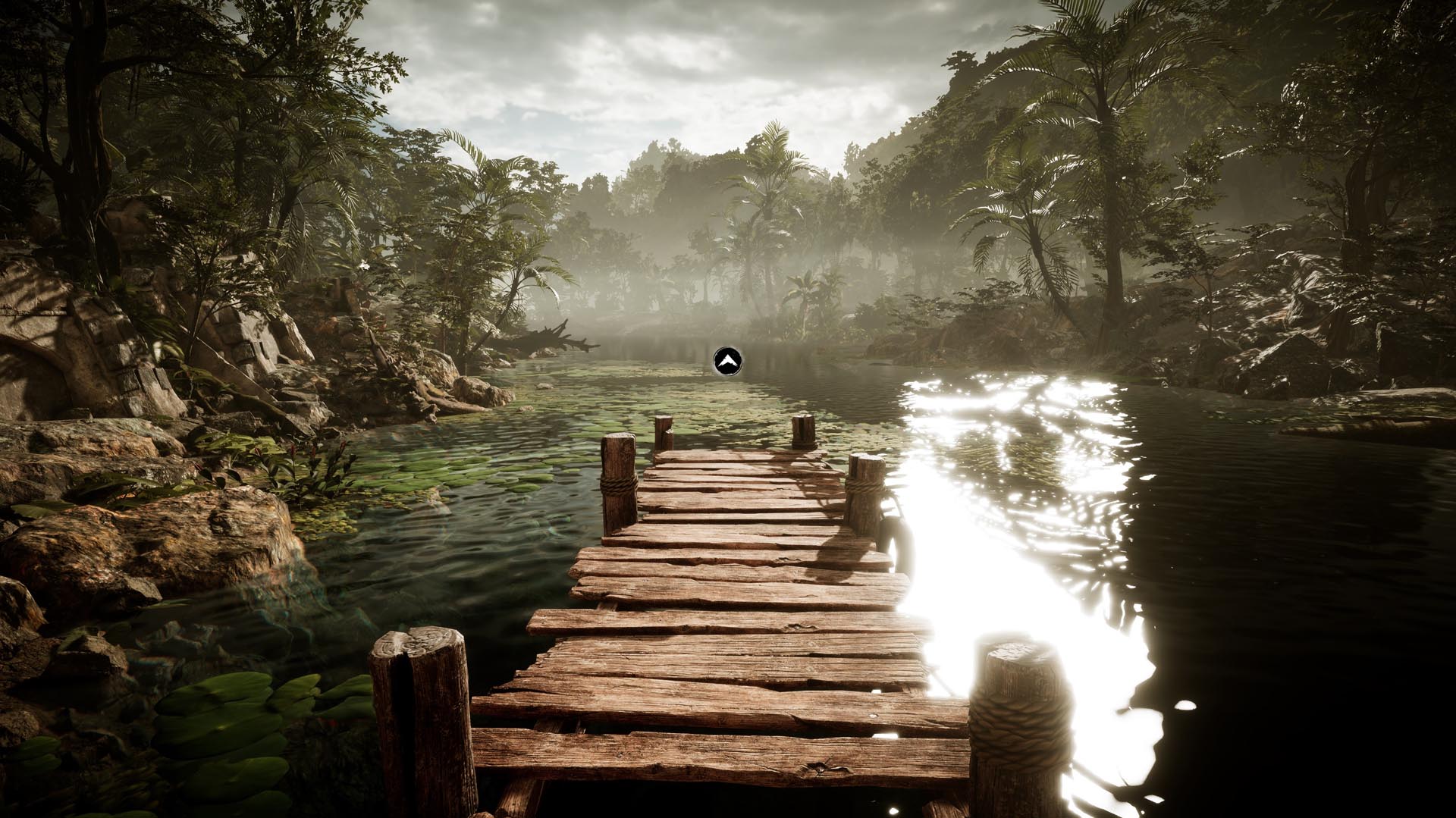








































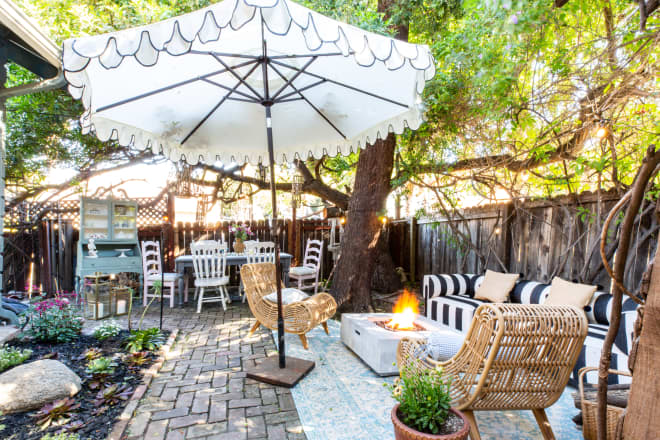
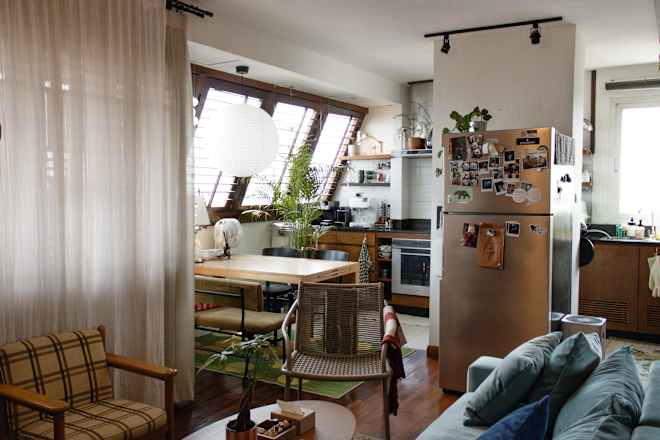
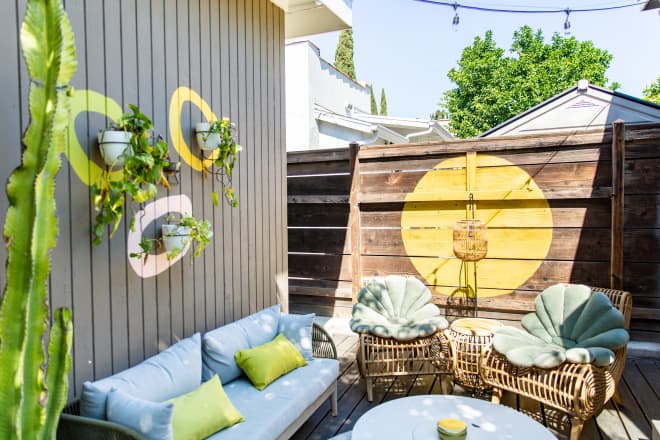

















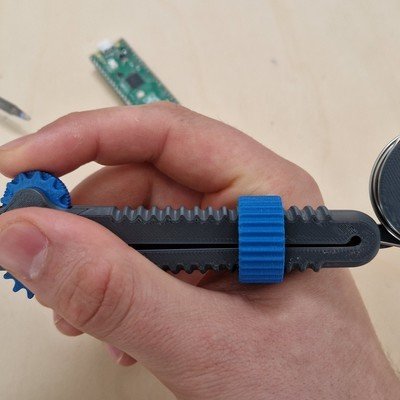



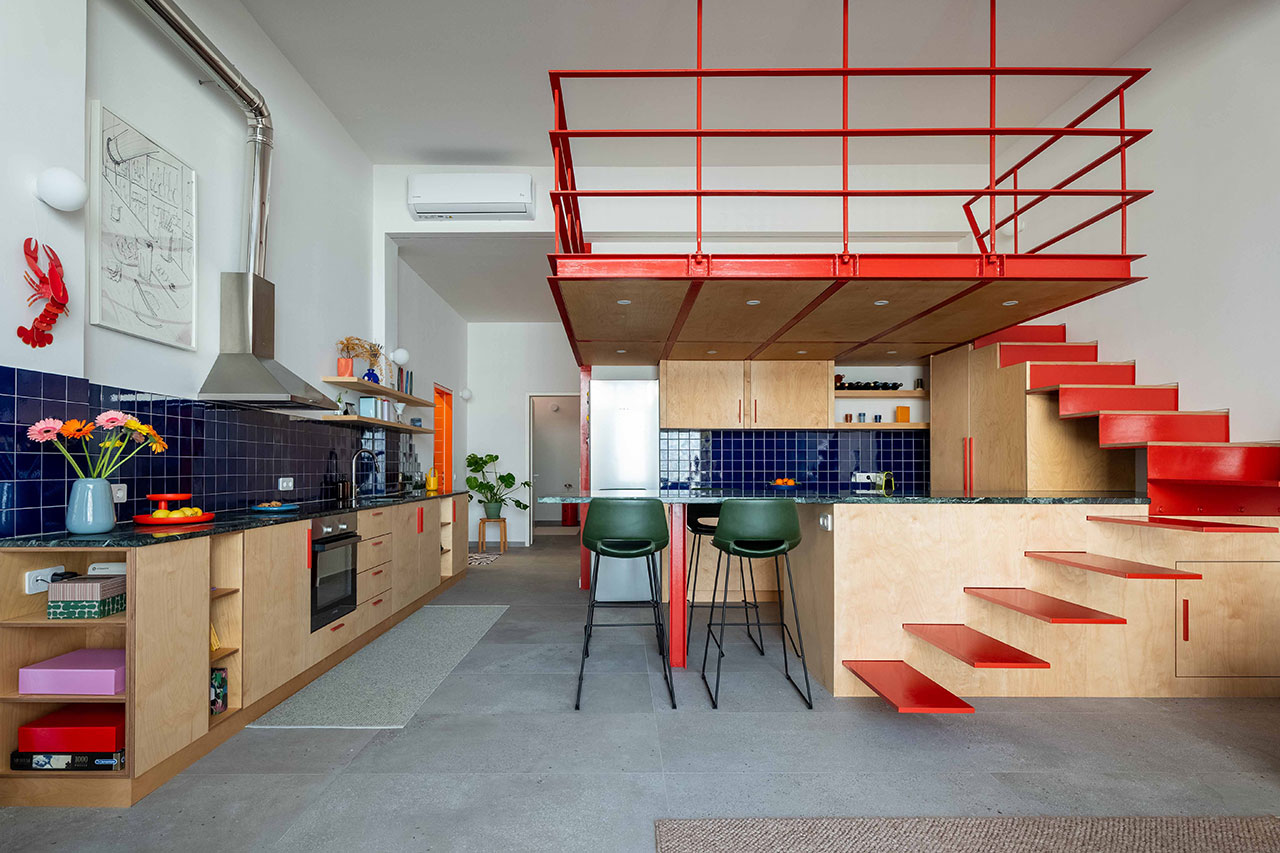
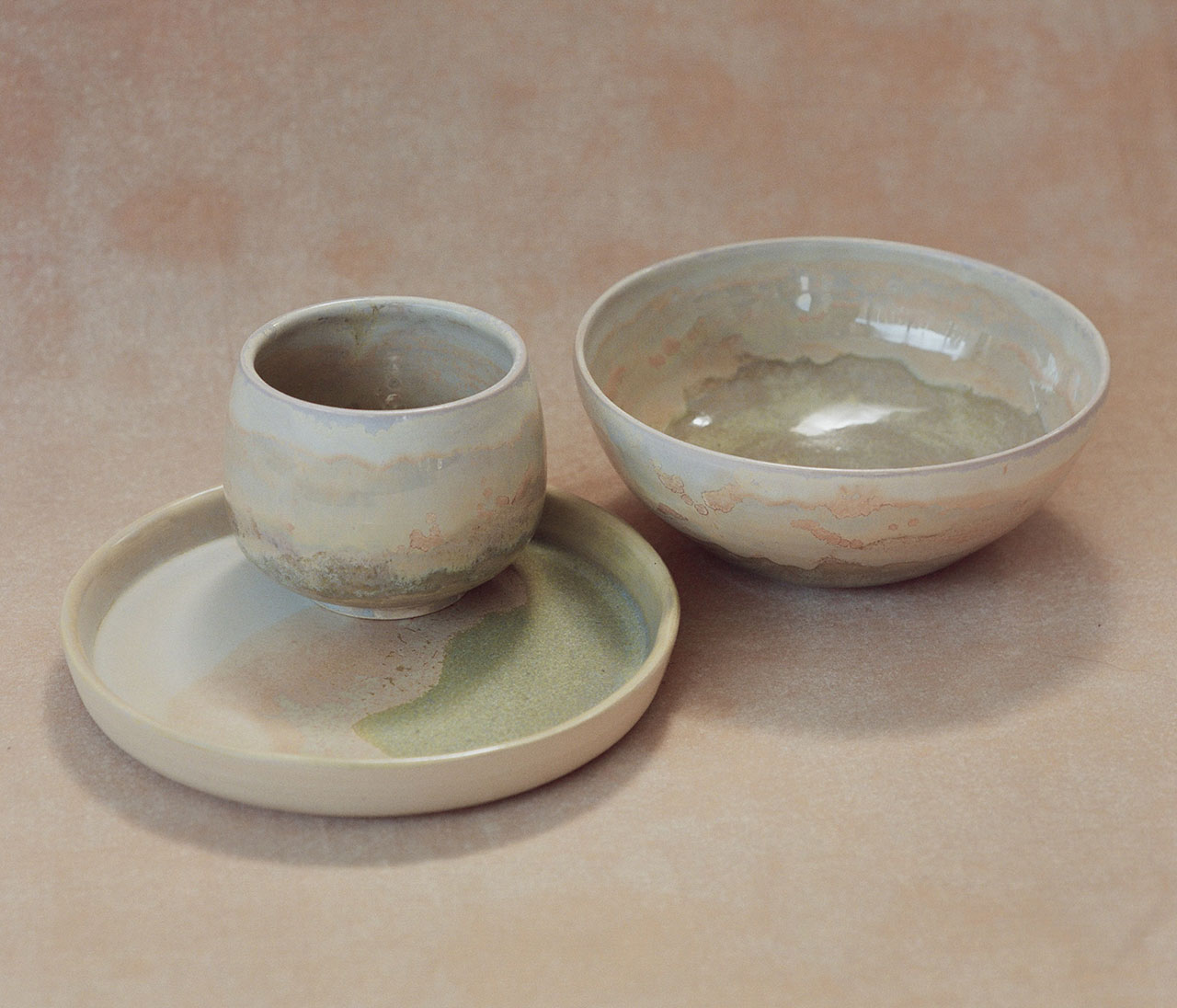






















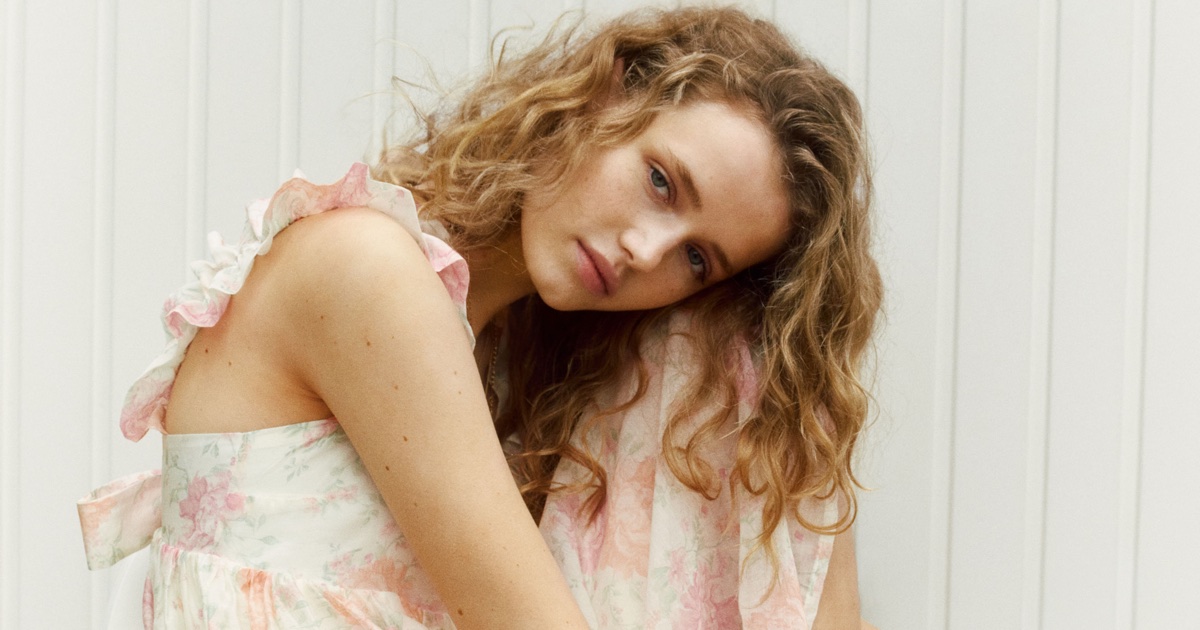






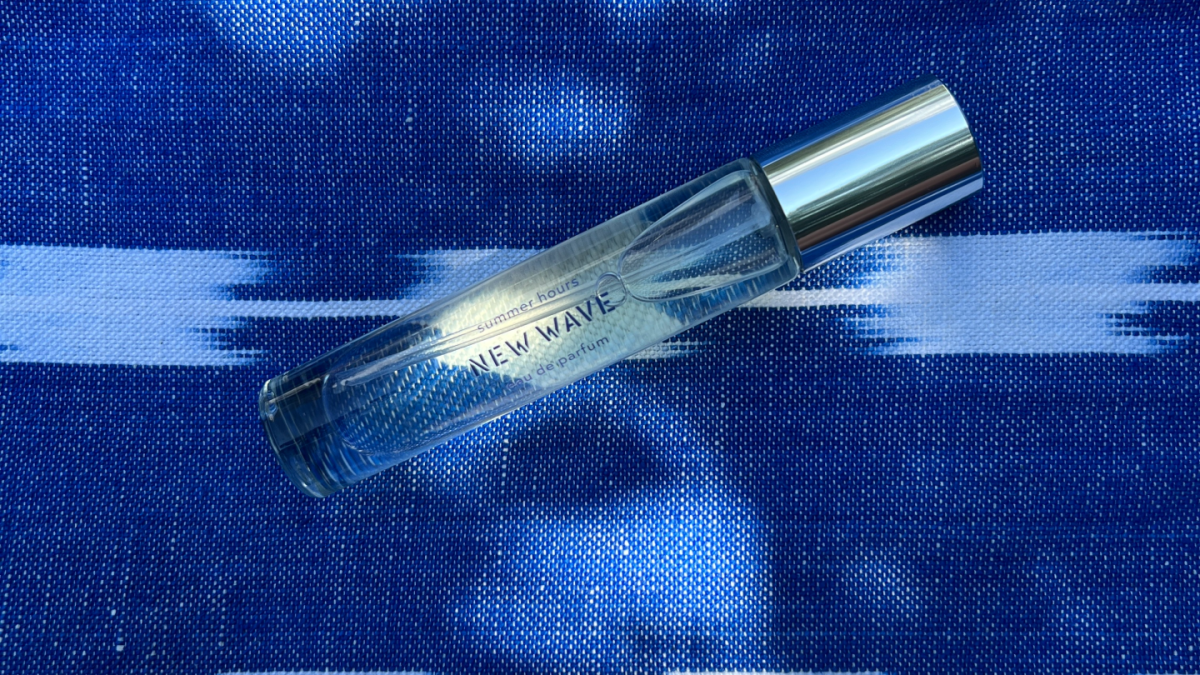











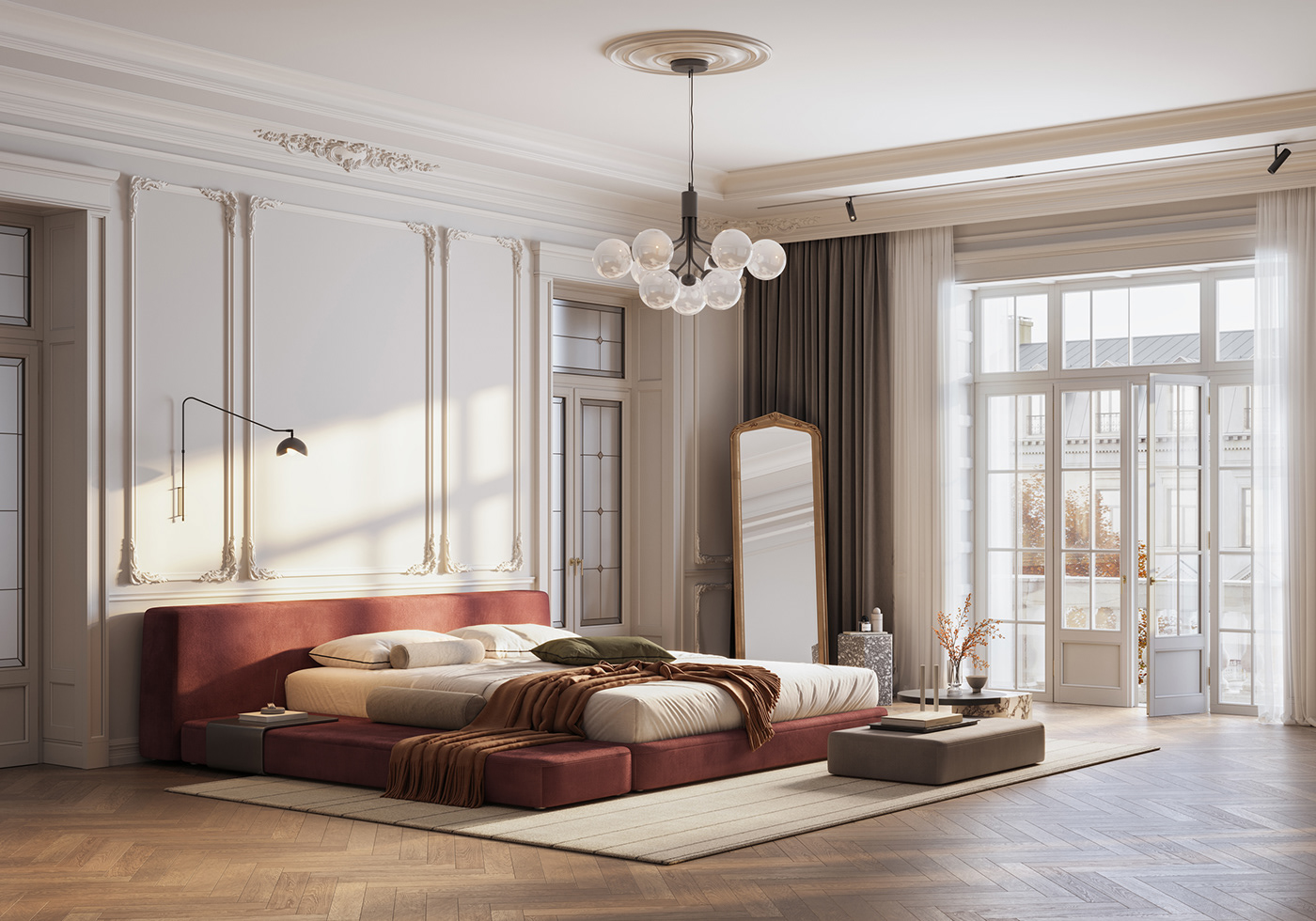
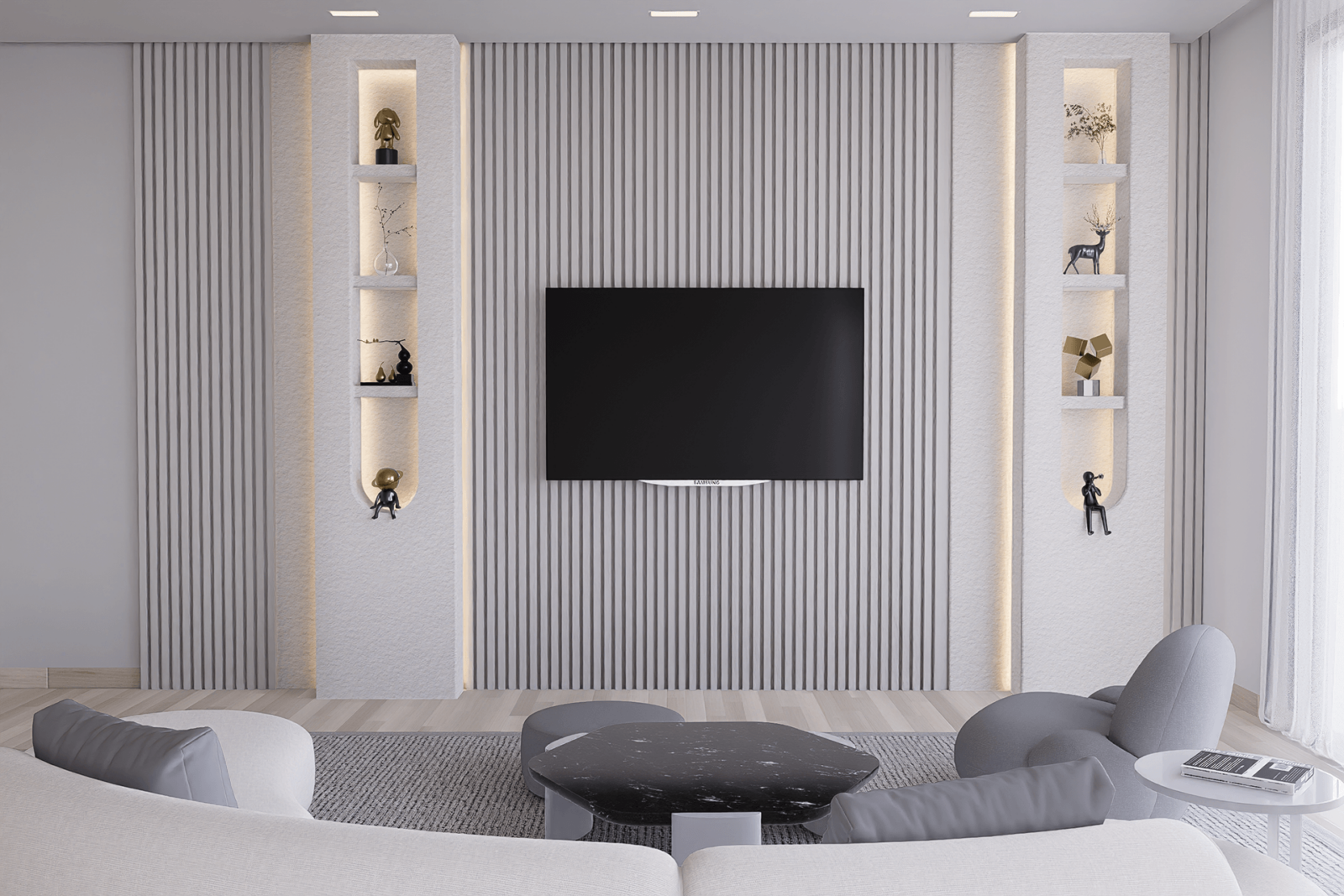
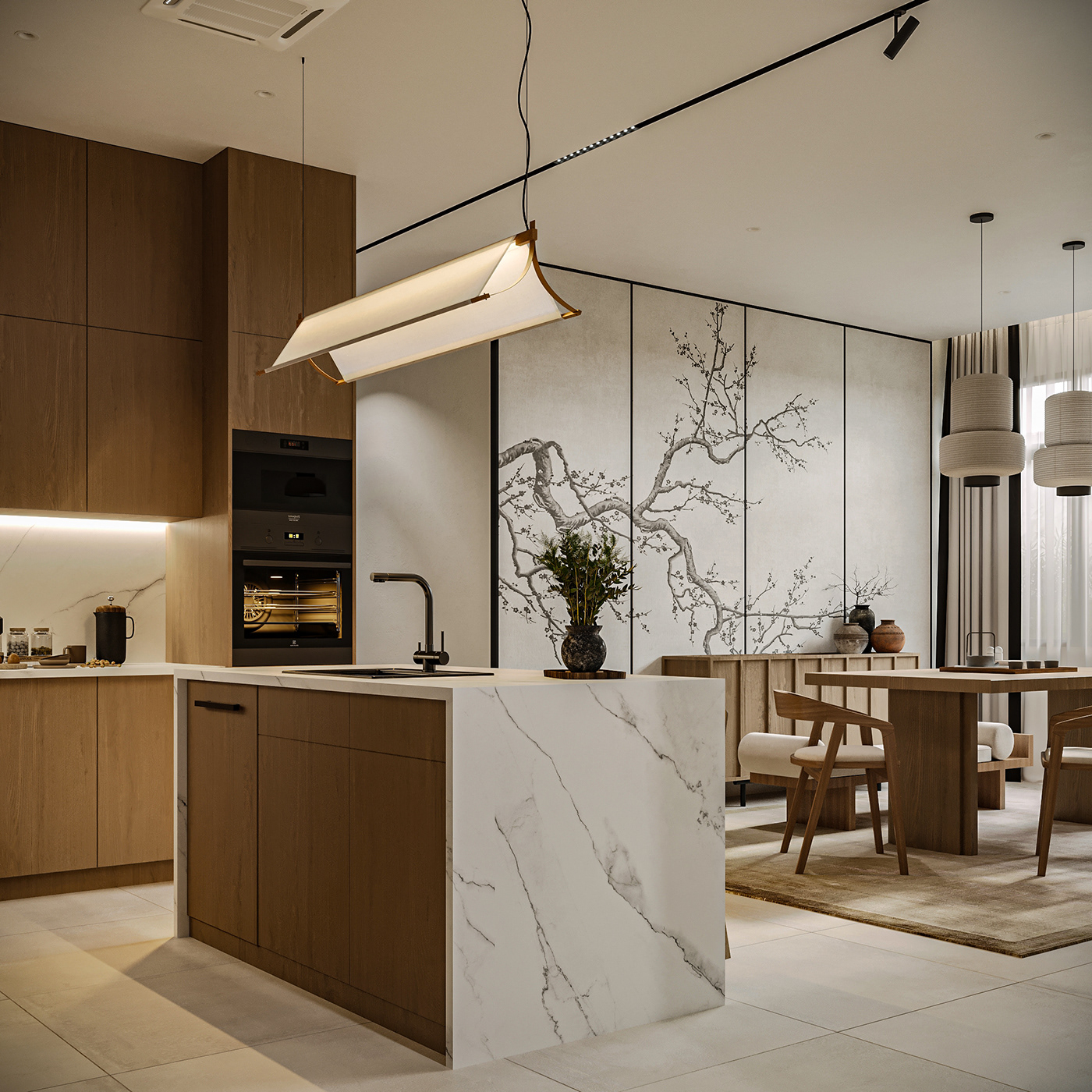



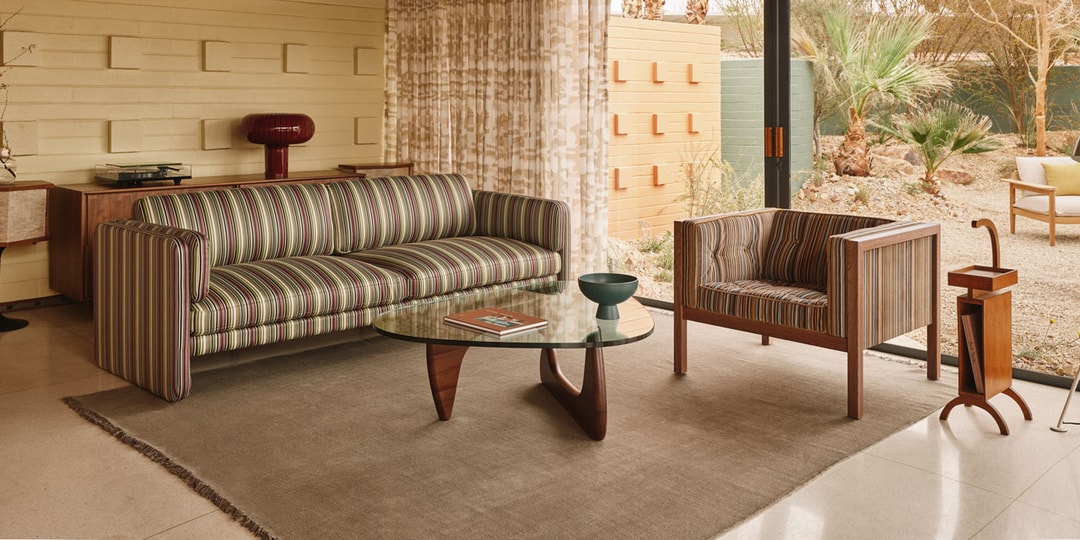
![[Podcast] Unlocking Innovation: How Play & Creativity Drive Success with Melissa Dinwiddie](https://justcreative.com/wp-content/uploads/2025/04/melissa-dinwiddie-youtube.png)














